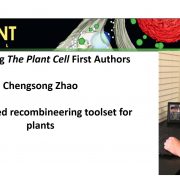
Recognizing Plant Cell first authors: Chengsong Zhao
The Plant Cell, The Plant Cell: Author ProfilesChengsong Zhao, co-first author of An improved recombineering toolset for plants
Current Position: Research Scholar in the Alonso-Stepanova laboratory, Department of Plant and Microbial Biology, Program in Genetics, North Carolina State University, Raleigh, NC, USA
Education: Ph.D. in Horticulture…
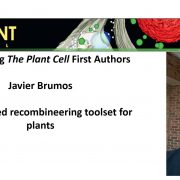
Recognizing Plant Cell first authors: Javier Brumos
The Plant Cell, The Plant Cell: Author ProfilesJavier Brumos, co-first author of An improved recombineering toolset for plants
Current Position: Research Scholar in the Alonso-Stepanova laboratory, Department of Plant and Microbial Biology, Program in Genetics, North Carolina State University, Raleigh, NC, USA
Education: Ph.D. in Biotechnology…
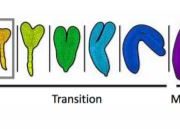
Micro Manager: MicroRNA Dynamics Facilitate Correct Embryo Morphogenesis and Patterning
Research, The Plant Cell, The Plant Cell: In BriefMicroRNAs (miRNAs) are a class of small (~21 nucleotide) non-coding RNAs that function as post-transcriptional repressors of gene expression. In plants, miRNAs recognize their target mRNAs based on perfect, or near-perfect, sequence complementarity, ultimately mediating their cleavage and/or translational…
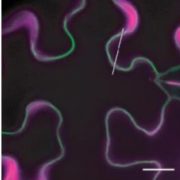
Keeping an Eye on Lutein Stability
Research, The Plant Cell, The Plant Cell: In BriefCarotenoid pigments not only produce the vibrant yellows and oranges of flowers, fruits, and autumn leaves, but they also are important in both plant and human health. They act both as accessory pigments in photosynthetic light harvesting and as photoprotectants that absorb excess energy during photosynthesis. …
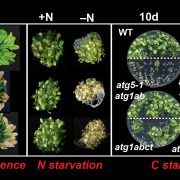
How Autophagy Is Activated under Extended Dark Conditions
Research, The Plant Cell, The Plant Cell: In a NutshellHuang et al. uncover how SnRK1 kinase complex promotes the autophagy activity by phosphorylating ATG6 under prolonged dark conditions. Plant Cell https://doi.org/10.1105/tpc.19.00066
By Huang Xiao and Faqiang Li, College of Life Sciences, South China Agricultural University, Guangzhou, China
Background:…
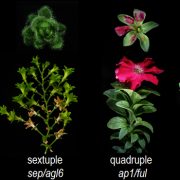
Comparing genes that govern flower development in Petunia and Arabidopsis: Evolution made a mess!
Research, The Plant Cell, The Plant Cell: In a NutshellMorel et al. investigate AP1/SEP/AGL6 MADS-box transcription factor functions in Petunia. Plant Cell https://doi.org/10.1105/tpc.19.00162
By Michiel Vandenbussche
Background: The ABCE model is a simple genetic model that explains how the different floral organs in the flower (sepals, petals, stamens…
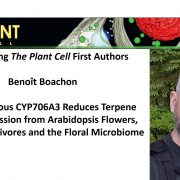
Recognizing Plant Cell first authors: Benoît Boachon
The Plant Cell, The Plant Cell: Author ProfilesBenoît Boachon, first author of A Promiscuous CYP706A3 Reduces Terpene Volatile Emission from Arabidopsis Flowers, Affecting Florivores and the Floral Microbiome
Current Position: Research associate, University of Lyon, UJM-Saint-Etienne, CNRS, BVpam FRE 3727, Saint-Etienne, France
Education: PhD…
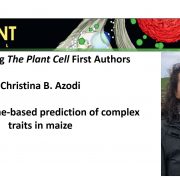
Recognizing Plant Cell first authors: Christina B. Azodi
The Plant Cell, The Plant Cell: Author ProfilesChristina B. Azodi, fist author of Transcriptome-based prediction of complex traits in maize
Current Position: Ph.D. candidate in the lab of Dr. Shin-Han Shiu at Michigan State University, MI, USA. Starting post-doctoral research associate position in November under Dr. Davis McCarthy at St. Vincent’s…

Camelina: A History of Polyploidy, Chromosome Shattering, and Recovery
Research, The Plant Cell, The Plant Cell: In BriefFollowing formation of a polyploid plant, cells need to manage issues such as gene dosage and chromosome pairing/segregation to help the formerly separate genomes get along in the same nucleus. As the genomes adjust, chromosomes may undergo recombination, rearrangements, gene loss, and other perturbations,…

